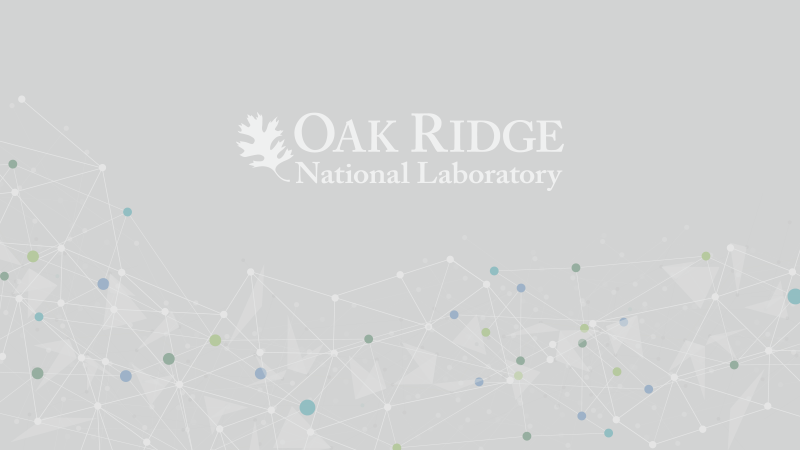Using revolutionary new techniques, a team led by Carnegie's Malcolm Guthrie has made a striking discovery about how ice behaves under pressure, changing ideas that date back almost 50 years. Their findings could alter our understanding of how the water molecule responds to conditions found deep within planets and could have implications for energy science. Their work is published in the Proceedings of the National Academy of Sciences.
In all of these forms of ice, the simple H2O molecule is the universal building block. However, in 1964 it was predicted that, under sufficient pressure, the hydrogen bonds could strengthen to the point where they might actually break the water molecule apart. The possibility of directly observing a disassociated water molecule in ice has proven a fascinating lure for scientists and has driven extensive research for the last 50 years. In the mid-1990s several teams, including a Carnegie group, observed the transition using spectroscopic techniques. However, these techniques are indirect and could only reveal part of the picture.
A preferred method is to "see" the hydrogen atoms–or protons–directly. This can be done by bouncing neutrons off the ice and then carefully measuring how they are scattered. However, applying this technique at high enough pressures to see the water molecule dissociate had simply not been possible in the past. Guthrie explained that: "you can only reach these extreme pressures if your samples of ice are really small. But, unfortunately, this makes the hydrogen atoms very hard to see."
The Spallation Neutron Source was opened at Oak Ridge National Laboratory in Tennessee in 2006, providing a new and intensely bright supply of neutrons. By designing a new class of tools that were optimized to exploit this unrivalled flux of neutrons, Guthrie and his team–Carnegie's Russell Hemley, Reinhard Boehler, and Kuo Li, as well as Chris Tulk, Jamie Molaison, and António dos Santos of Oak Ridge National Laboratory–have obtained the first glimpse of the hydrogen atoms themselves in ice at unprecedented pressures of over 500,000 times atmospheric pressure. Read more here.







